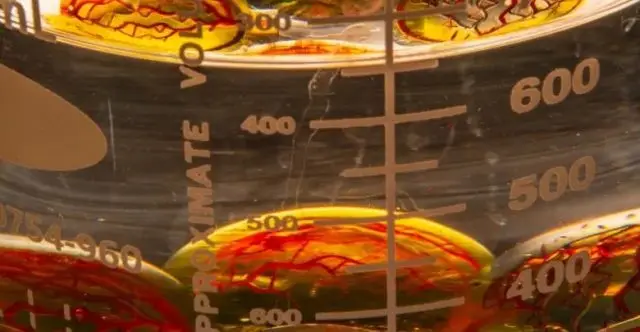3D Systems significantly expanded its focus on regenerative medicine and bioprinting solutions after reducing its workforce to concentrate on the healthcare AM sector. The expanded focus follows on great progress made in the development of 3D printing systems for solid-organ scaffolds. This progress is the product of collaboration between 3D Systems, United Therapeutics Corporation and UTC’s organ manufacturing and transplantation-focused subsidiary, Lung Biotechnology PBC. 3D Systems intends to leverage this work and accomplishments with other partners to invest, further develop and commercialize solutions for regenerative medicine. Applications of its R&D program include the development of non-solid organ applications requiring biologically sustainable vasculature.
The partnership between 3D Systems and United Therapeutics achieved significant progress through 2020. The pair developed an AM platform solution for lung scaffolds capable of full-size, vascularized, rapid, micron-level printing. This Print to Perfusion process can be perfused with living cells to create tissues. The ability to print large, vascularized, highly detailed hydrogel scaffolds at rapid speeds is now opening new opportunities for a range of tissue applications.

3D Systems advances these efforts by expanding its high-speed Figure 4 technology by focusing further on bioprinting and regenerative medicine. Building upon these capabilities, the company will work alongside its partners create bioprinting and regenerative medicine applications. There exists further suggestions that these capabilities have the potential to enable novel laboratory testing methods, which could accelerate the development of new drug therapies while reducing the need for animal testing.
Manufacturing on Demand
“Over the last years as bioprinting and regenerative medicine have evolved, we’ve seen a growing need to place cells at high-resolution in a nurturing matrix to produce complex tissues,” said Chuck Hull, co-founder, executive vice president and chief technology officer, 3D Systems. “Precise 3D printing with hydrogels, followed by perfusion of cells into the printed scaffold is the best way to achieve this, and we are thankful our work with United Therapeutics has given us the opportunity to advance and perfect this technology.”
“Our collaboration with 3D Systems has allowed us to take a first-principles approach to regenerative medicine,” said Derek Morris, associate director of engineering, Lung Biotechnology PBC. “The full size, vascularized lung scaffolds produced by 3D System’s printers allow our cellularization teams to focus on our mission to build an unlimited supply of transplantable organs.”

Commenting on the future of regenerative medicine at 3D Systems, Dr. Jeffrey Graves, president and CEO, said, “The progress that Chuck Hull and his team have made over the last three years, in collaboration with the Team from United Therapeutics, has been absolutely remarkable. Through unique developments in new printer hardware, software, and biomaterials technology, they have laid the foundation needed for accelerated commercialization of bioprinting at 3D Systems. Taking a strong application focus we will now expand our commercialization efforts in this nascent industry, which we believe will experience significant growth over the next decade. We expect these efforts to bring substantial benefits to the healthcare patients in critical need, both through direct applications within the human body, as well as in accelerating the development of drug therapies in the pharmaceutical industry. We anticipate regenerative medicine to be an exciting growth driver for our healthcare business over the next decade.”
* This article is reprinted from 3D Printing Media Network. If you are involved in infringement, please contact us to delete it.
Author: Adam Strömbergsson

Leave A Comment